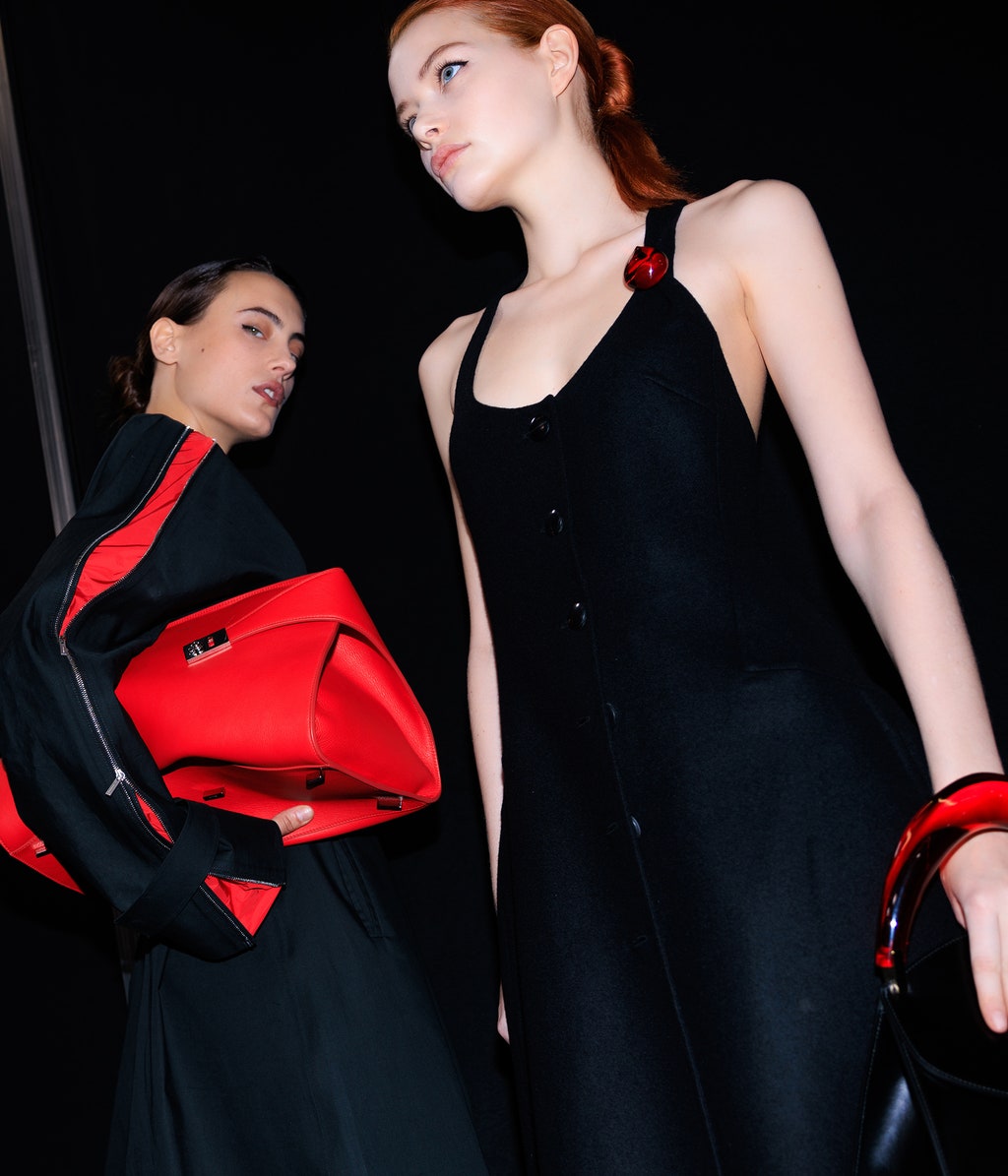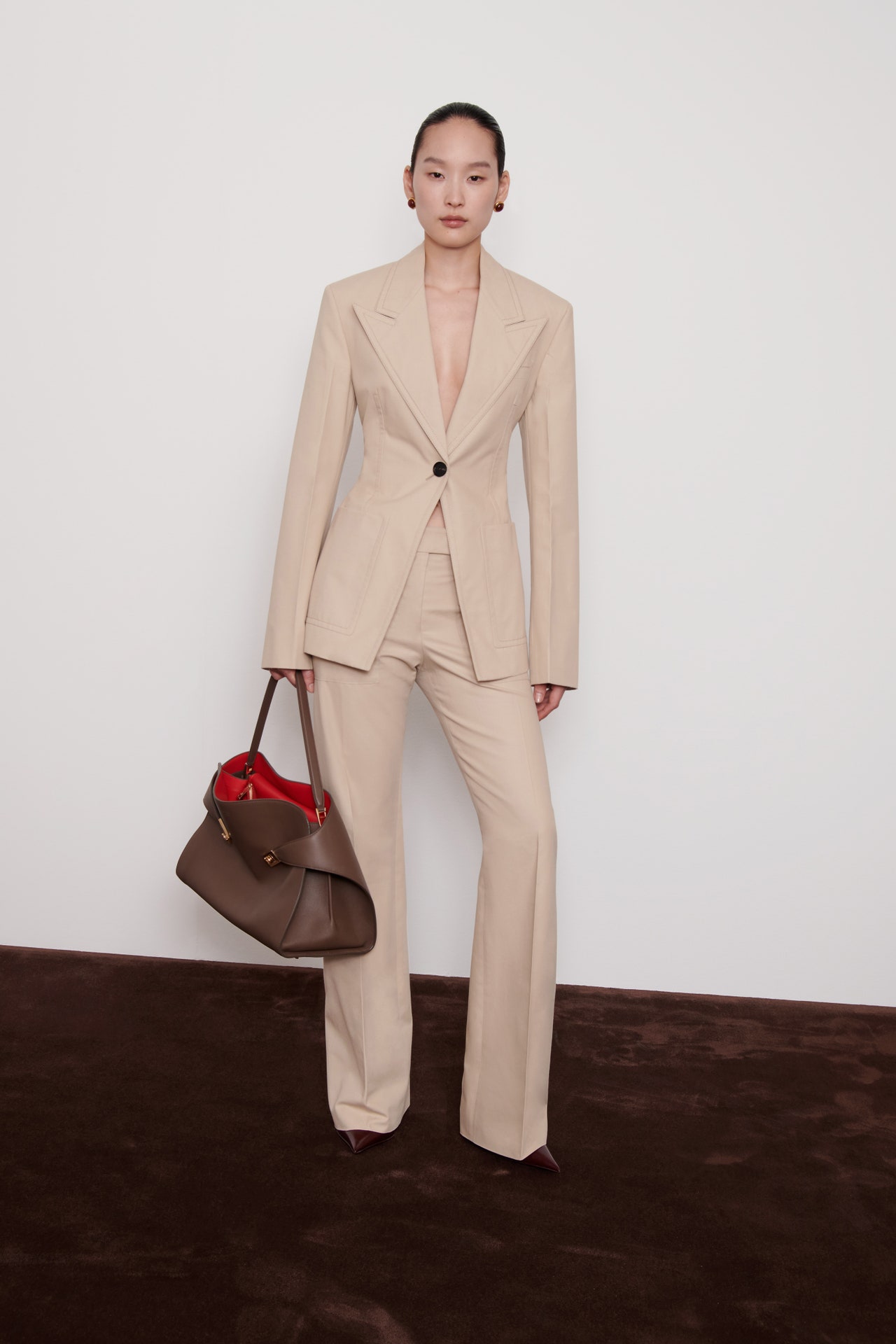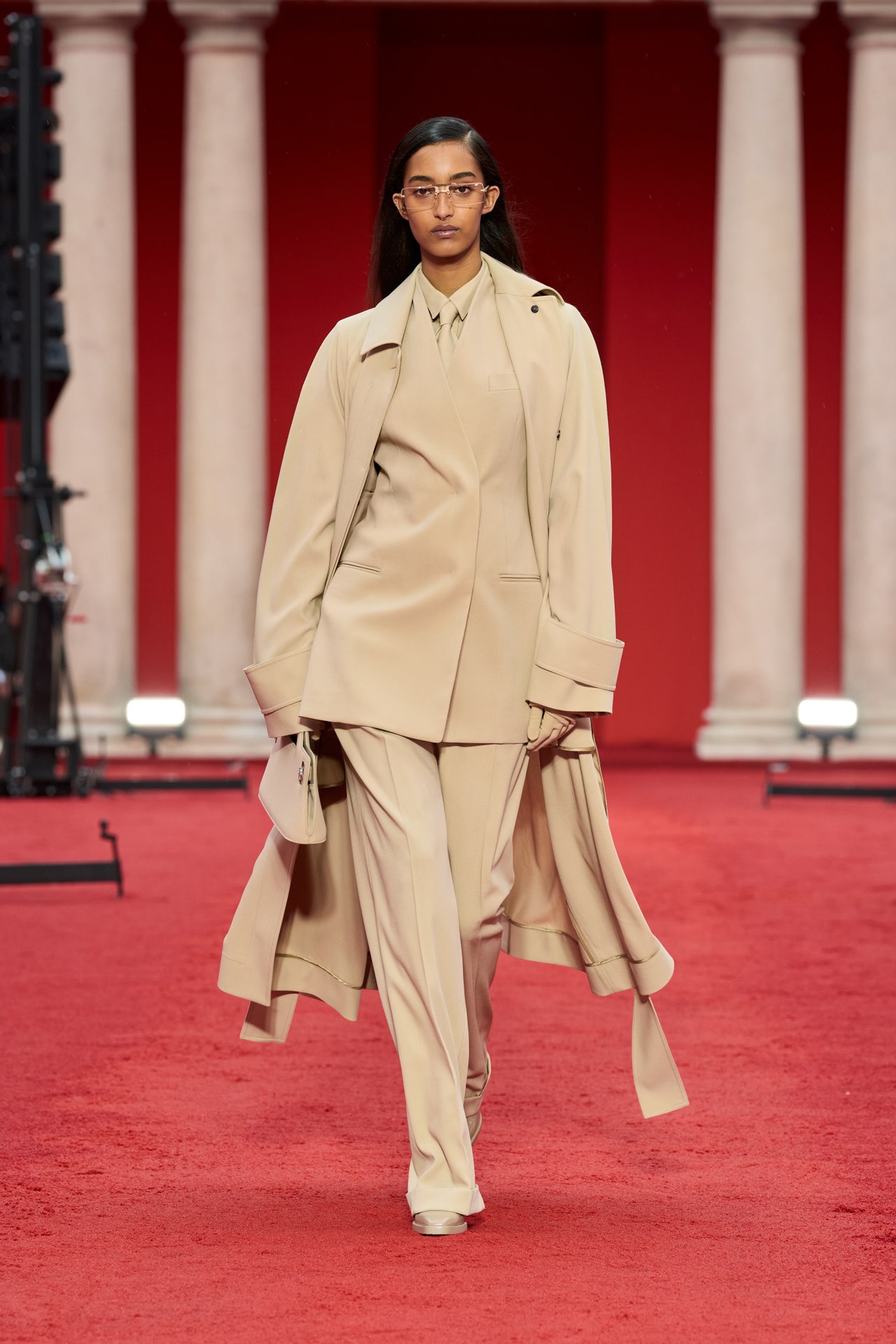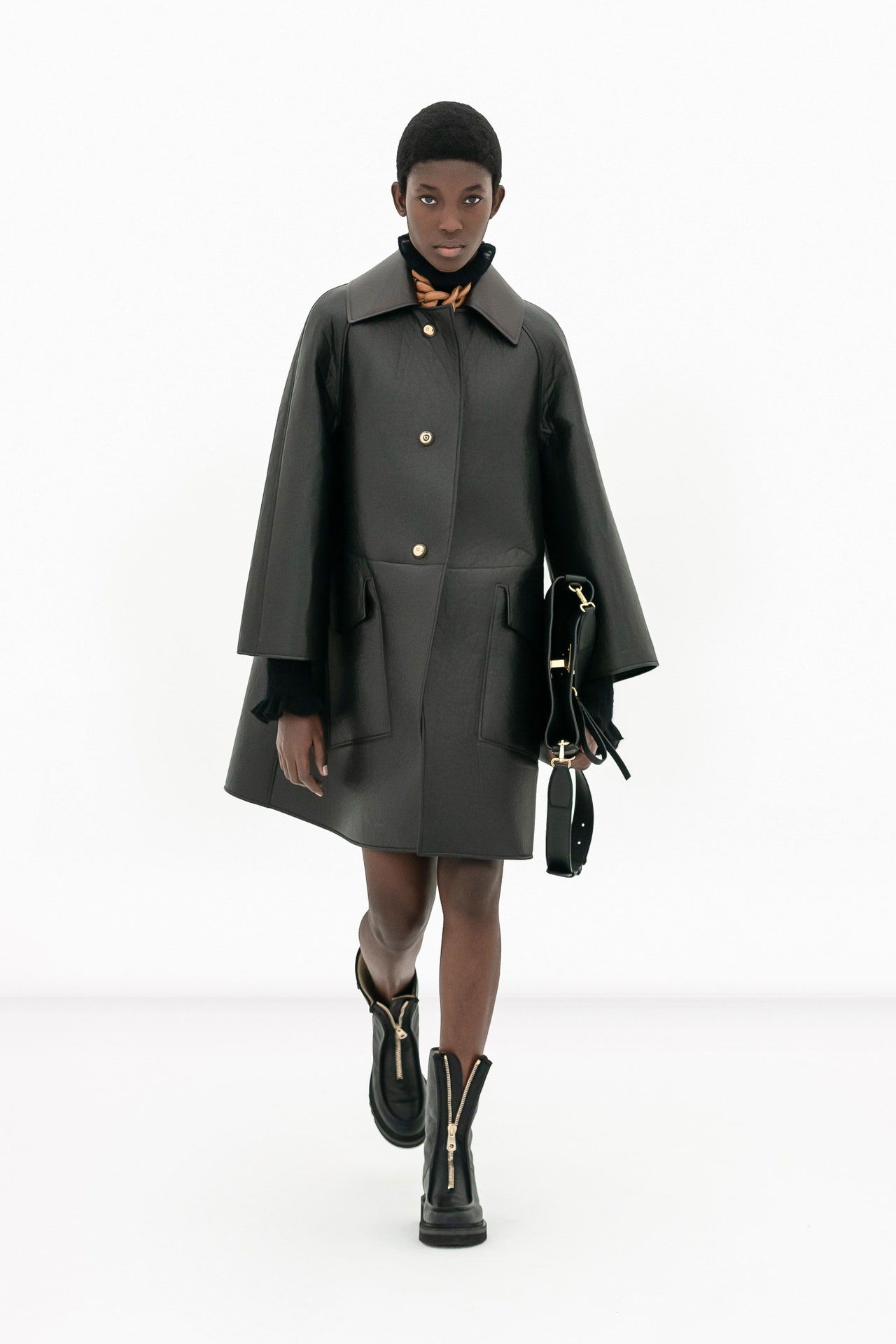Ferragamo

In the 1920s, Salvatore Ferragamo’s Hollywood boot shop was a mecca for the glitterati—Dolores Del Rio, Gloria Swanson, and Bette Davis all lined up for a custom fitting with the “shoemaker to the stars.” At the nearby Cocoanut Grove nightclub, an aspiring actress who would soon be known as Joan Crawford pounded the floor in Ferragamo’s well-built heels to the tune of 100 dance trophies. And after a long day on set, Rudolph Valentino dropped by his pal Ferragamo’s place for a genuine spaghetti dinner.
By 1927, when Ferragamo moved his business to his native Italy, his reputation was well established. In Florence, a staff of trained craftsmen worked to high standards, proudly stamping each new shoe with the “Handmade in Italy” label. During the Depression, American exports dwindled, and Ferragamo turned his attention to the home market. As the story goes, one day a local signora stopped by the shop, complaining about her thin soles. “I can feel every pebble!” she cried. Voilà!—Ferragamo invented the platform, raising women to comfortable new heights.
During the war years, when leather and steel were scarce, Ferragamo’s cork wedges and platforms—their uppers ingeniously devised from raffia, hemp, wire, even fish skin and cellophane candy wrappers—were copied the world over.
His famous fit drew even the elusive Greta Garbo out to Ferragamo headquarters: Arriving at the Palazzo Spini Feroni in worn espadrilles, Garbo announced, “I have no shoes. I want to walk.” Ferragamo rose to the call, whipping up 70 custom, low-heeled pairs. For the gamine Sabrina star Audrey Hepburn he created a simple ballerina flat with a strap. Marilyn Monroe preferred to show off her curves in his steel-reinforced stilettos, memorably navigating a subway grate in a billowing white dress and Ferragamo sling-backs in The Seven Year Itch.
At the time of his death in 1960, Ferragamo had more than 350 patents and created some 20,000 designs. Resolved to carry on her husband’s legacy, Salvatore’s widow, Wanda Ferragamo, took charge. Their six children went to work to expand the family empire, branching out into clothing, handbags, silk scarves and ties, and fragrances.









